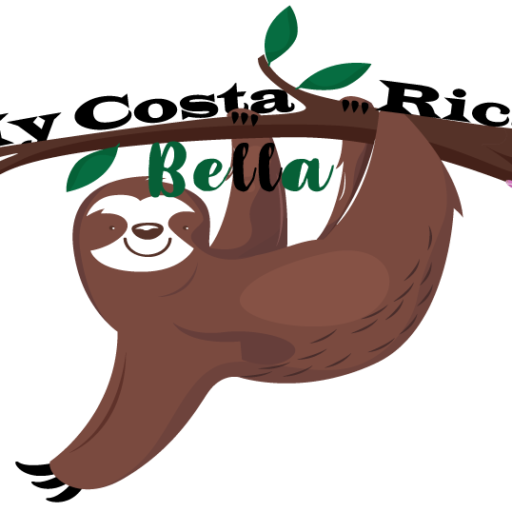The pilón is a carved log with a chisel, equipped with a pair of wooden mallets. It was used for husking the rice cultivated by our grandparents.
This utensil was crafted from the trunk of a large and leafy tree. A hollow was made in the middle of the bark to facilitate the work of pounding or husking the grains.
Pounding rice was a very arduous task as the grains were struck with the heavy wooden mallets. It was done continuously for several minutes until the outer layer, known as the bran, was removed from the rice.
The pilón was also used to crush tubers like yucca or malanga to feed animals. Today, the pilón has been forgotten, but it was of great importance in ensuring the sustenance of families.
Traditionally, in our country, among the staple foods in the Costa Rican diet are several classic ingredients, such as rice, corn, beans, and coffee, among others. The dependence on these staples has given rise to many traditions and customs in the countryside, ranging from land preparation, planting, to harvesting.
In the process of making these grains edible, such as corn or rice, they need to be husked, that is, somehow removing the protective shell or cuticle covering the grains. For this purpose, the farmer ingeniously devised ways over time to get rid of this protective “little shell.”
For this reason, many years ago in the fields and rural areas, there was this very important tool for pounding these foods and simplifying their consumption: the pilón. In every rural household, there were at least one or two pilones and four wooden mallets, and whether it was the man or his partner, depending on the need, they were responsible for husking rice, corn, or coffee for family consumption using the pilón.
Our grandparents used this tool extensively in the past when electric machines and grain mills were not available. In other words, the pilón was the quintessential manual tool used by Costa Rican families to husk rice, coffee, and corn. However, it has become almost extinct in towns throughout the national territory.
Today, the pilón is fading into the collective memory of the Costa Rican people, despite having been a tool of great importance in supporting family nutrition. Currently, you can still find some of them in the corridors of old houses in rural areas, with their two wooden mallets, used as souvenirs.

WE’D LOVE HEAR FROM YOU
info@mycostaricabella.com
